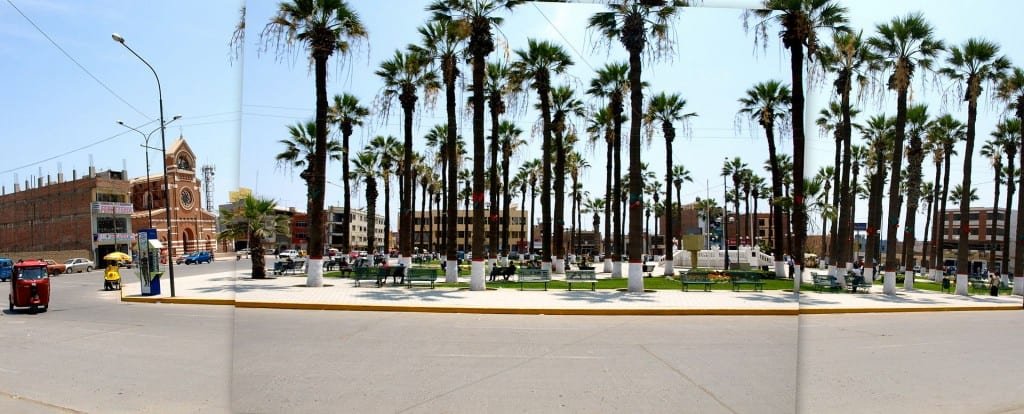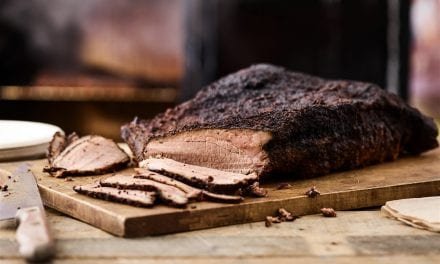By Marianne Comilang
When you think of Peruvian music, the pan flutes of the Andean highlands most likely come to mind. But Peru is a rich and diverse country and as you head down the coast south of Lima, here’s where you’ll begin to hear a different type of sound – the undeniably seductive rhythms and infectious grooves of Afro-Peruvian music.
Where to Go
Chincha and the district of El Carmen are the country’s Afro-Peruvian heartland. The best time to visit is during Chincha’s two main festivals – the Verano Negro (February) and the Festival de las Danzas Negras (November). During these festivals, the streets of Chincha are filled with the swell of soulful Afro-Peruvian rhythms. Or visit El Carmen’s myriad peñas – a traditional type of all-night dancehall – all year round.
A Brief History
Born in Peru’s coastal barrios and towns, the roots of Afro-Peruvian music go back to the 15th century when the Spanish conquistadors brought African slaves to Peru to work the mines, plantations and haciendas. Drawing its inspiration from these times of enslavement, the genre’s lyrics often depict stories of hardship and sadness, but also joy and freedom. Though an unfortunate history, it has brought about some of the country’s richest music.
The Instruments
Traditional Afro-Peruvian instruments hearken back to a time when slaves were forbidden to use instruments for fear that they would be used to secretly incite rebellion. In bittersweet response, these enslaved communities turned to everyday utilitarian objects to make their music.
The cajón, a box drum, is the percussive backbone of the Afro-Peruvian sound and is the genre’s most widely used instrument. The instrument evolved from the boxes that slaves used for picking fruit in the fields. They would empty them and turn them upside down, then sit on them and bang them like a drum. Essentially a wooden crate with a hole cut out of one side, it has become the quintessential symbol of Afro-Peruvian music and its use has even since spread to Brazil, Cuba, and Spain.
Other common Afro-Peruvian instruments include the cajita, or “little box”, which evolved from the little collection box used in the Church, and the quijada de burro, a donkey’s jawbone played with a stick to rattle the loosened teeth.
The music’s Spanish influence is heard in the guitar and, of course, the language of the songs.
A Revival
Afro-Peruvian music was little known even in Peru, barely surviving within its own black communities, until the 1950s, when musician Nicomedes Santa Cruz resurrected this style of music, helping to raise awareness of Afro-Peruvian culture in general. From the 1950s through to the 1970s, Peruvian labels like El Virrey, IEMPSA, and Odeon, as well as the group Peru Negro further popularized the genre through the release of hundreds of albums.
Recently, Afro-Peruvian music has seen a modern renaissance and increased international recognition due to other notable proponents like the charismatic singer Eva Ayllon. In 1995, Talking Head’s David Byrne released through his Luaka Bop label the anthology album “The Soul of Black Peru” as well as solo albums by the esteemed Susana Baca, thus bringing Afro-Peruvian music to the world stage. Electronica outfit Novalima has introduced Afro-Peruvian music to a new generation with reconstructed arrangements of classic Afro-Peruvian tracks.
The Dance
But it is through dance, passed down from generation to generation, that Afro-Peruvian music has been preserved and given meaning. Latin America has come to know these passionate Afro-Peruvian rhythms through its namesake dances – the Marinera (an intricate courtship dance), the Festejo (a fast dance of celebration), the Landó (a dance with roots in an old African fertility dance), as well as Toro Mata, Zamacueca, Samba Malató, Son del Diablos and the Alcatraz.
Afro-Peruvian music is a story of ingenuity and creativity, of joyful rhythms that prevail over a brutal history. Sexy, spirited and full of raw emotion, it is a world away from the pan flutes of the Andes. It is the distinct sound of black Peru and no less a part of the cultural fabric of the country.
Marianne Comilang is an adventurer filled with wanderlust. Originally from Toronto, Canada, she traverses across continents and can proudly say she has set foot on every one (except Antarctica). If she isn’t writing, editing, and strategizing to make others look good, she is probably teaching yoga or posting on her blog MoveStillFree.com. She wrote this article on behalf of Aracari Travel, specializing in cultural tours all over Peru.
















